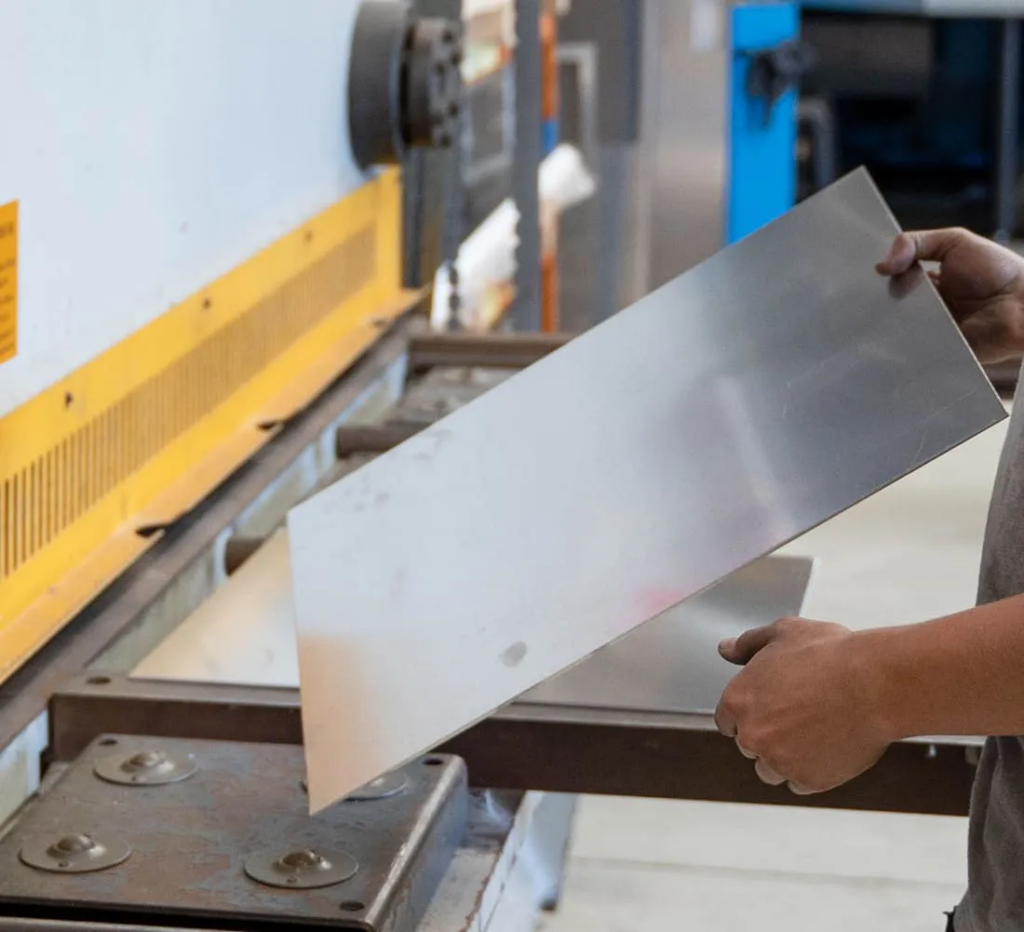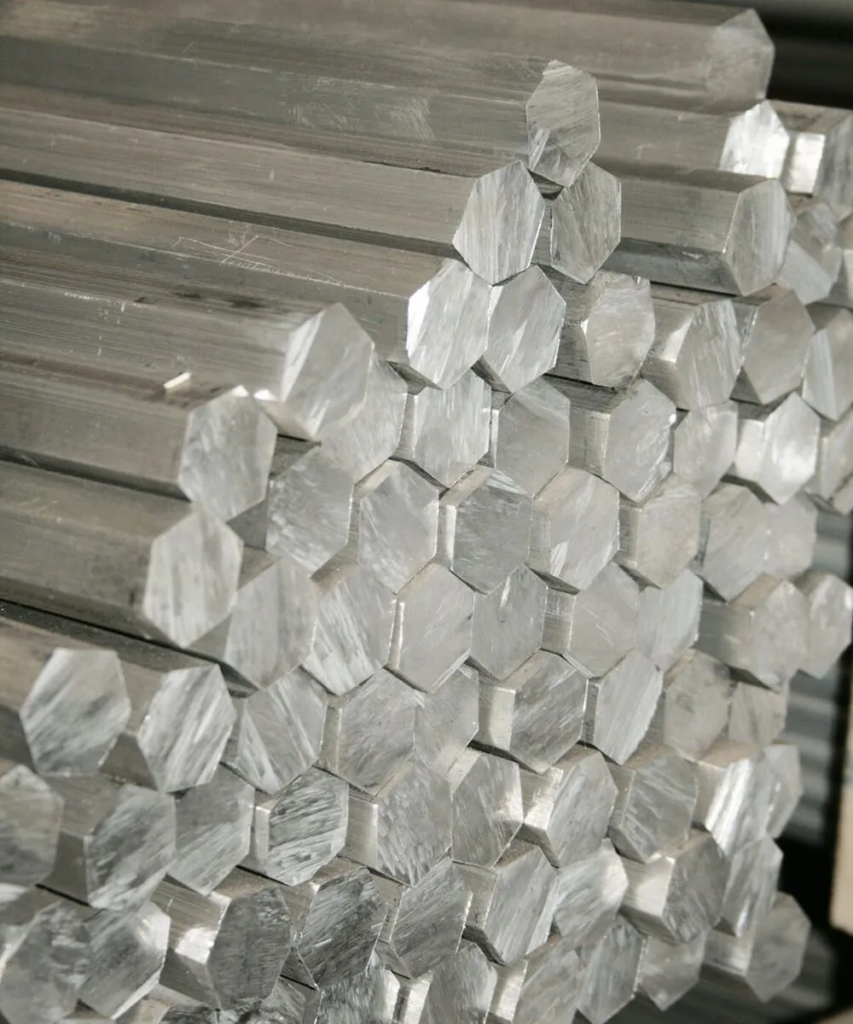The recent decision by the United States to impose new tariffs on aluminium imports has sent ripples through the global market. While the immediate target is countries like China and Russia, Australia’s aluminium industry isn’t entirely shielded from the fallout.
Changes to international trade rules can have far-reaching impacts, and for Australian businesses connected to aluminium production, supply, and fabrication, it’s worth unpacking what this could mean moving forward.
From pricing pressures to shifts in demand, the effects of these tariffs are likely to be felt in multiple ways. Whether you’re a fabricator, builder, or supplier, understanding the potential changes in the market is crucial to staying competitive.
Could Cheaper Aluminium Imports Hit the Australian Market?
One of the possible side effects of the US tariffs is an increase in surplus aluminium from countries like China and Russia. With limited access to the US market, these countries may shift focus to other regions, including Australia and Southeast Asia. This could drive a surge in cheaper aluminium imports, affecting local producers and suppliers.
For Australian aluminium manufacturers and processors, this presents a mixed bag. On one hand, cheaper aluminium might lower material costs, giving some local industries—like construction or automotive manufacturing—a short-term boost. On the other hand, it puts pressure on local producers already working within tight margins and higher production standards. Competing with artificially cheap aluminium from overseas could be tough, especially if local buyers prioritise price over quality.

Local Aluminium Fabricators May Feel the Squeeze
Aluminium fabricators across Australia are likely to watch this situation closely. Those sourcing locally refined aluminium might struggle to maintain competitive pricing if cheaper overseas material starts flooding the market. Australian-made aluminium products, known for their high quality and compliance with strict Australian Standards, could face an uphill battle against imports with lower production costs.
For instance, companies producing custom aluminium extrusions, sheets, and specialised components could see their margins shrink if clients start demanding cheaper alternatives sourced offshore. Fabricators may need to work harder to educate customers about the differences in quality, lifespan, and structural integrity when comparing local products to some imported options.
Price Volatility is Likely in the Short Term
Another potential impact of the US tariffs is price volatility. Aluminium is a globally traded commodity, and major shifts like this tend to send prices swinging. In the short term, prices could drop in regions where excess supply builds up. In the longer term, supply chain bottlenecks or increased competition for premium aluminium could see prices rising again.
For builders, architects, and businesses relying heavily on aluminium, this means budgeting for projects might become more unpredictable. Locking in prices with local suppliers or fabricators might provide some security, but businesses should brace for potential fluctuations.
What Does This Mean for Australia’s Aluminium Export Market?
While Australia isn’t directly impacted by the US tariffs, our aluminium exports could still be affected. Australia is a major player in the global aluminium industry, especially in bauxite mining and alumina refining. A large chunk of this production heads overseas, including to countries now facing US penalties.
If Chinese or Russian aluminium faces reduced demand due to tariffs, those countries may ramp up production of refined materials and compete harder in markets where Australia has traditionally been strong. This could hurt Australian aluminium exports, particularly if prices drop and competitors start undercutting deals.
Australian alumina refineries could also see a shift in demand if overseas buyers change their purchasing patterns. While Australia’s aluminium is considered high quality, price-sensitive markets may still choose cheaper alternatives if they’re readily available.

Opportunities for Local Suppliers and Fabricators
It’s not all doom and gloom, though. The shifting global market could present new opportunities for Australian suppliers and fabricators. Some businesses and industries may prefer sourcing their aluminium products from regions with fewer geopolitical risks. Australia’s reputation for ethical production, environmental standards, and quality could become a selling point.
Builders, architects, and manufacturers may turn to local suppliers for peace of mind, knowing the supply chain is reliable and the product meets Australian Standards. For example, businesses in Western Australia working with custom aluminium extrusions and sheets may see new contracts from clients wanting to avoid offshore supply chain disruptions.
There’s also potential for growth in value-added services. As price competition heats up on raw materials, Australian aluminium businesses could focus on offering premium services such as design assistance, precision fabrication, powder coating, and customised finishes. These services add value beyond the raw cost of aluminium and help maintain strong client relationships.
Final Thoughts
The US aluminium tariffs are just the latest reminder of how interconnected the global market really is. While Australia isn’t in the direct line of fire, the ripple effects will still reach our shores. From potential price swings to increased competition from cheap imports, the landscape is shifting.













